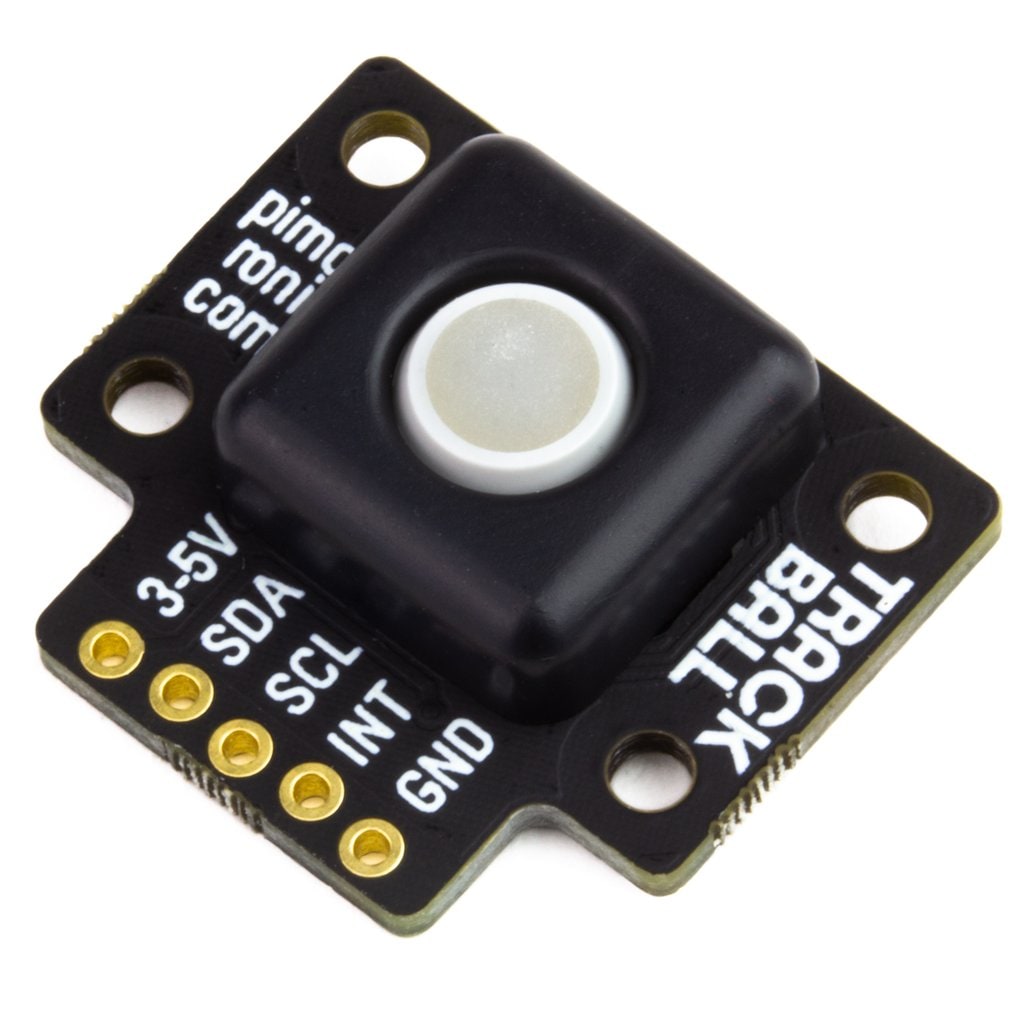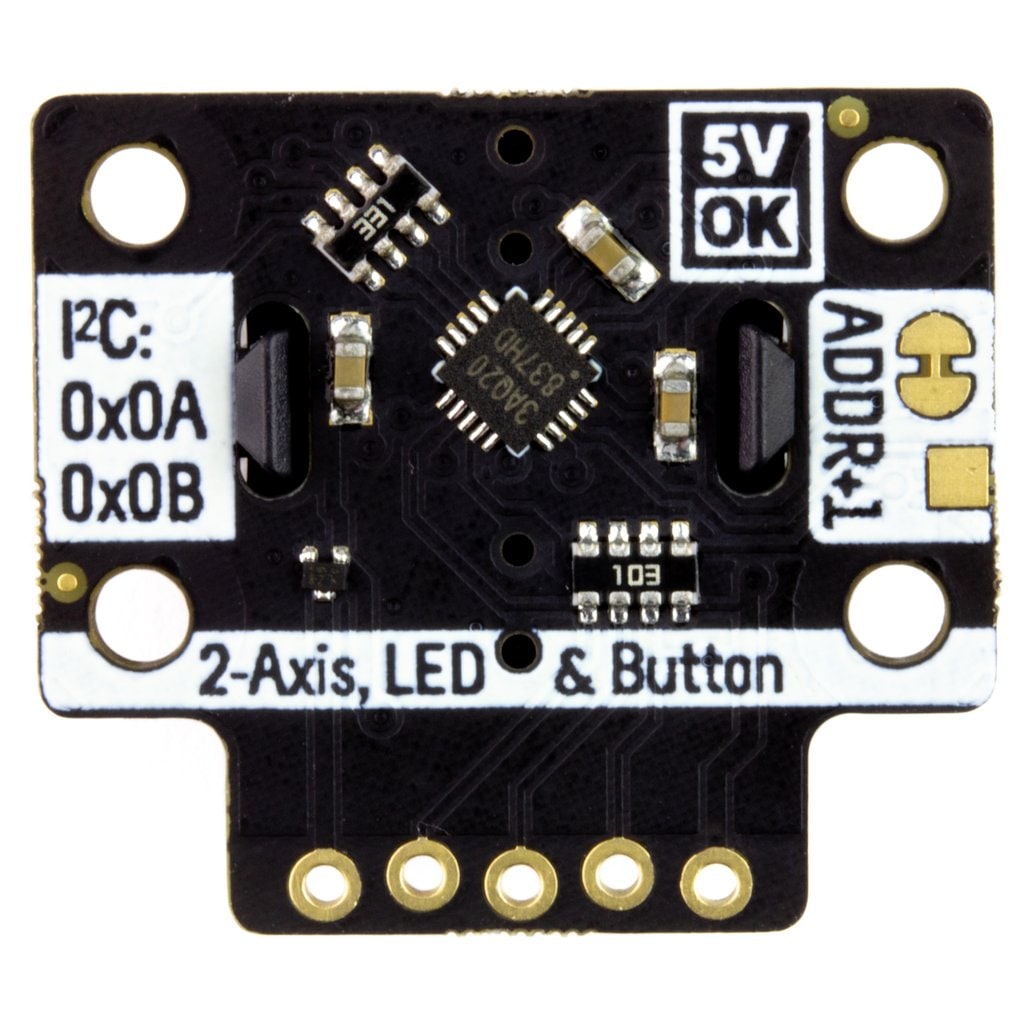Pimoroni DRV2605L Linear Actuator Haptic Breakout

€15.90
Ready to ship: Delivery time 2-5 workdays (Germany), 5-14 workdays (EU), 10-20 workdays (Int.)
Description
This DRV2605L haptic driver breakout with linear actuator will really get you buzzing! The powerful haptic buzz (bzzz!) is programmable with a range of built-in patterns, or you can program your own.
This little haptic driver and actuator is great for adding some buzzy feedback to your projects. We combined it with the Trackball Breakout to give some old-school haptic feedback to scroll and clicks (click here to see the example code).
It's compatible with our fancy Breakout Garden HAT (and pHAT), where using breakouts is as easy just popping it into one of the six slots and starting to grow your project, create, and code.
Features
- DRV2605L haptic driver chip (datasheet)
- ELV1411A linear resonant actuator
- I2C interface (address 0x5A)
- 3.3V or 5V compatible
- Reverse polarity protection
- Compatible with all models of Raspberry Pi, and Arduino
- Python library
Kit includes
- DRV2605L linear actuator haptic breakout
- 1x5 male header
- 1x5 female right-angle header
We've designed this breakout board so that you can solder on the piece of right angle female header and pop it straight onto the bottom left 5 pins on your Raspberry Pi's GPIO header (pins 1, 3, 5, 6, 9).
Software
We've put together a Python library that you can use to make your DRV2605L Linear Actuator Haptic Breakout buzzzzzzz and an easy one-line installer to install everything.
Our software does not support Raspbian Wheezy.
Notes
- Dimensions: 19x23.5x5.25mm
Reviews 0
Login
Safety information
EU responsible person: Keycapsss | Benjamin Rösner, Löhrstr. 11, 04105 Leipzig, Germany
Contact: Keycapsss.com





